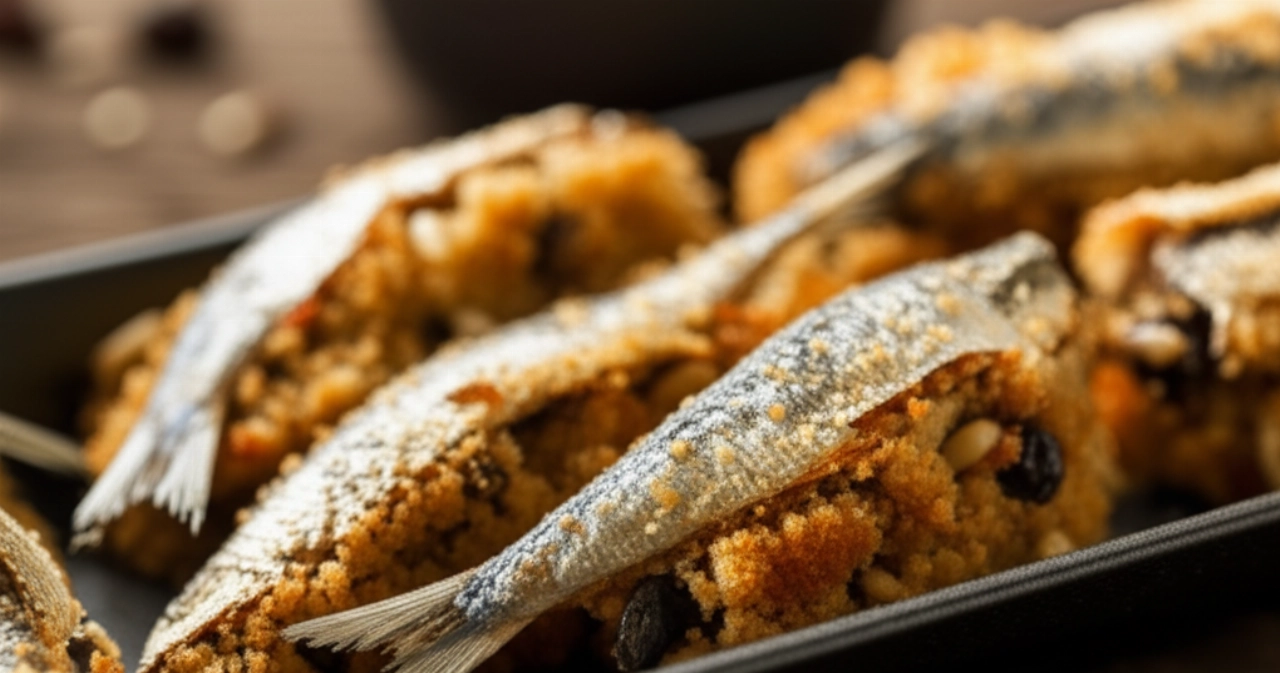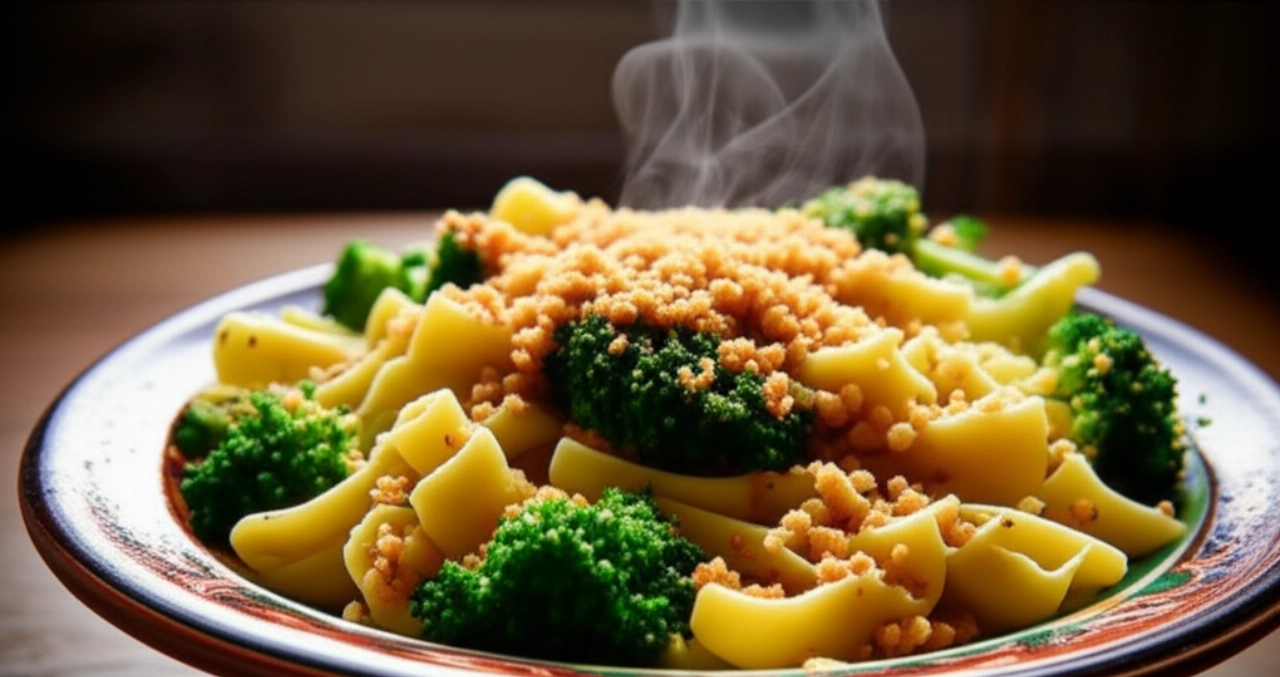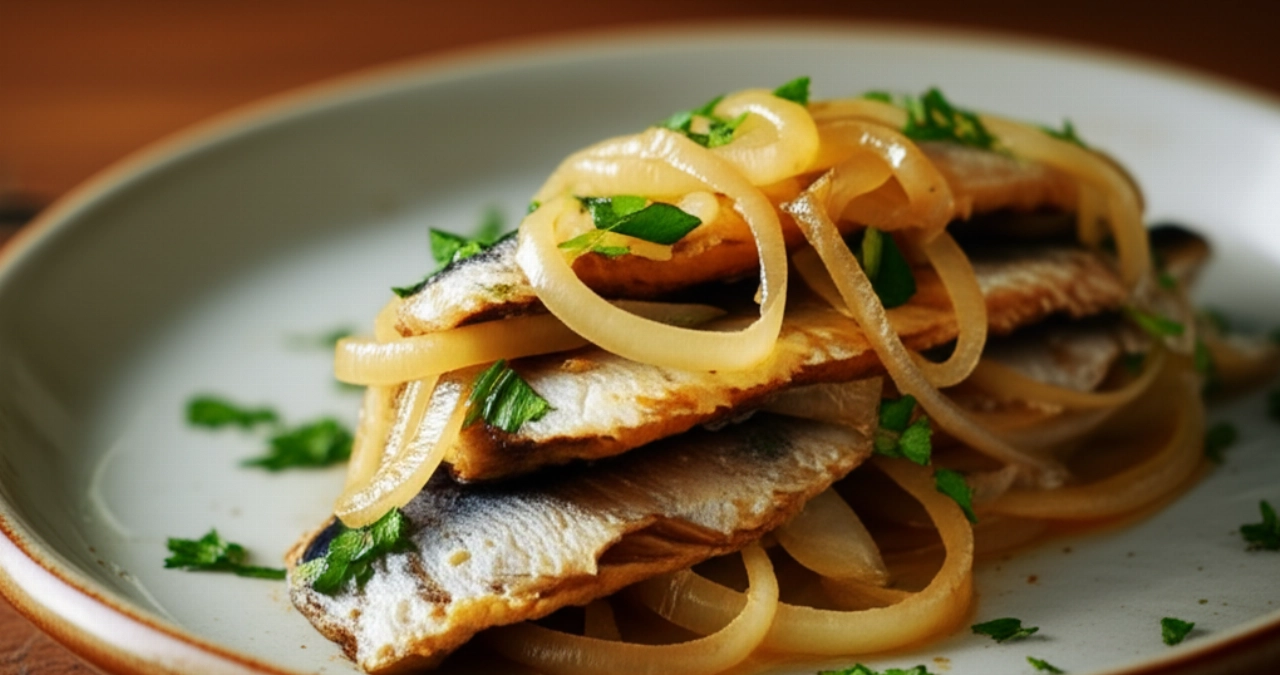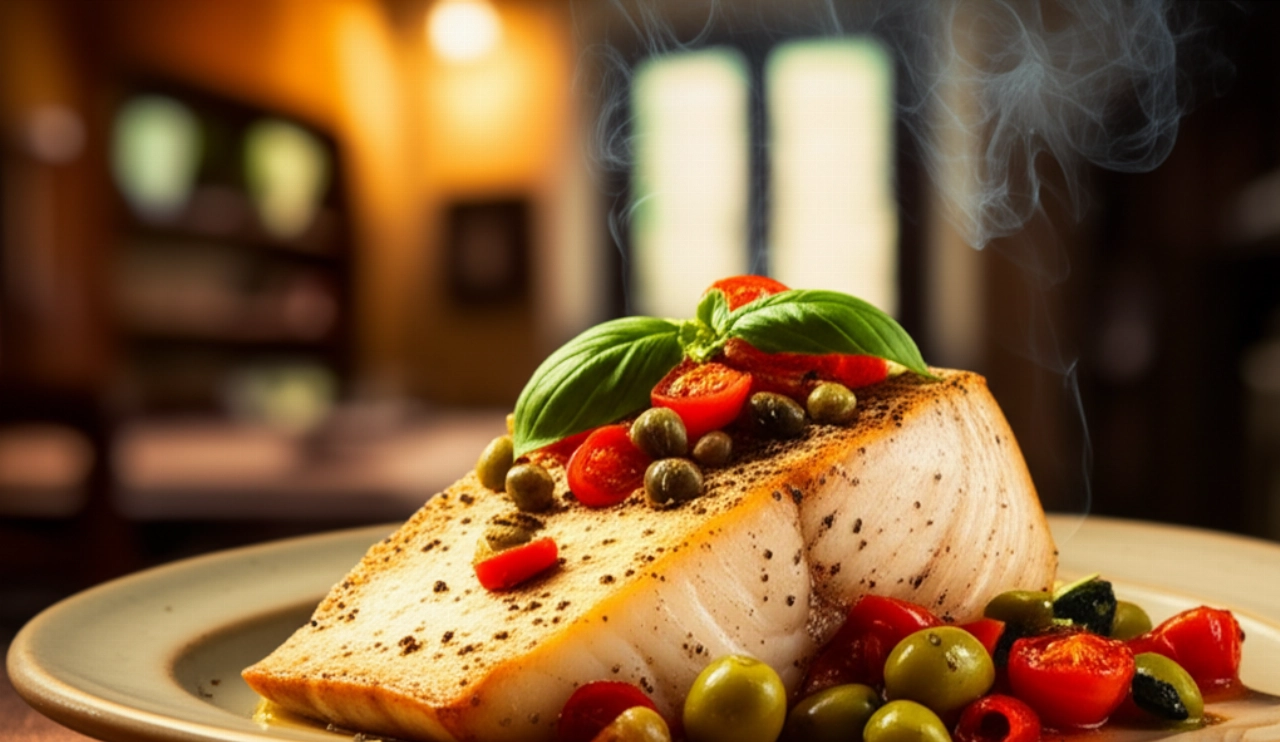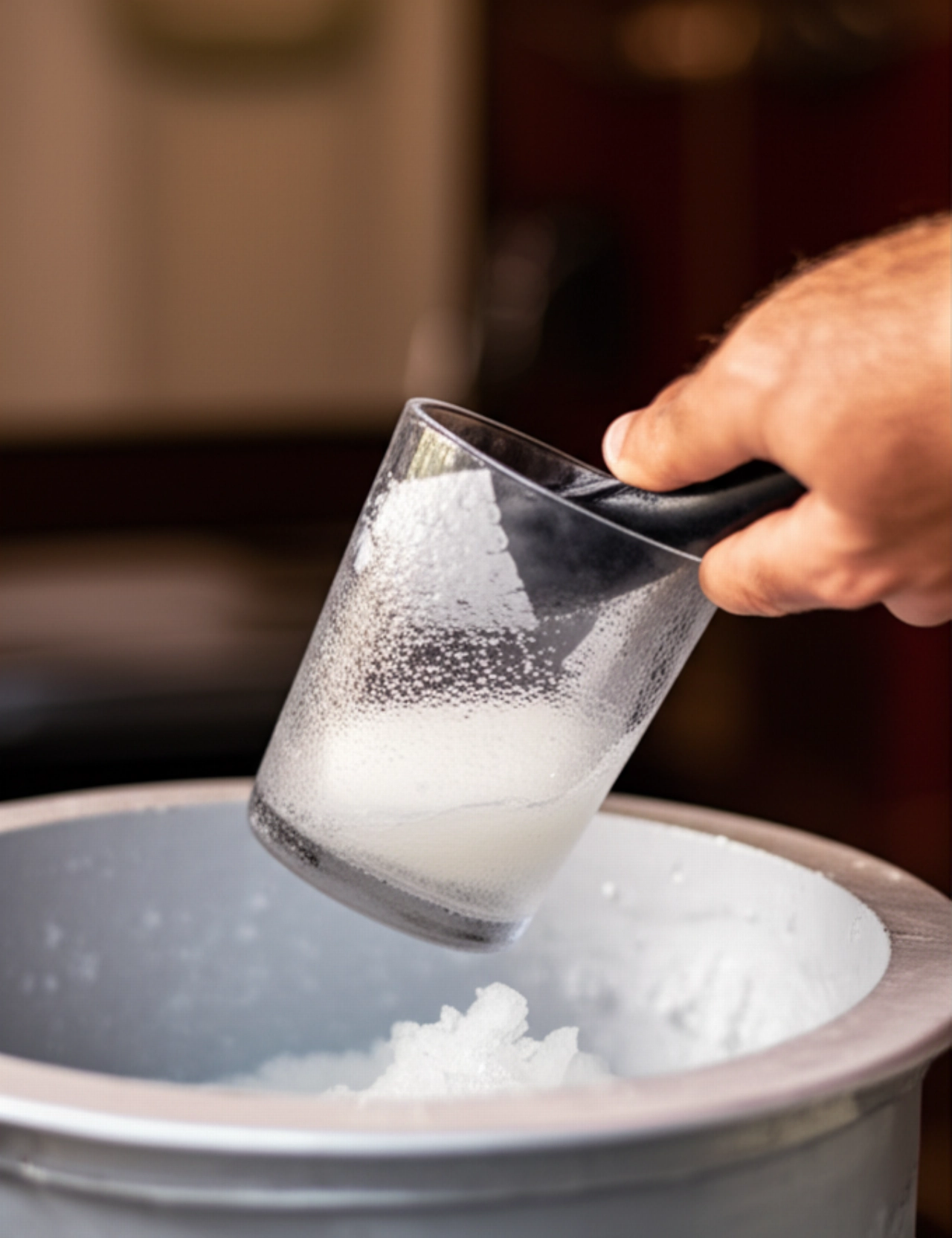There's a dish that, more than any other, encapsulates the vibrant and mysterious soul of Sicily: Pasta with Sardines. It's not just a simple recipe; it's a true ode to the flavors of the Mediterranean, a sublime balance between sea and land, sweet and savory, tradition and passion.
But how many times have you tried to replicate it, only to find unbalanced flavors, sardines falling apart, or a feeling that 'something is missing'? The fear of not being able to capture that authentic magic, of wasting precious ingredients, or disappointing guests, is a common concern.
Make yourself comfortable. Here on Search Recipes, you won't just find a list of ingredients, but the definitive guide, full of secrets and tips, to prepare Pasta with Sardines that will make you exclaim: “This is true Sicily on a plate!” Success is guaranteed, and the aroma that will fill your kitchen will be the first, wonderful reward.
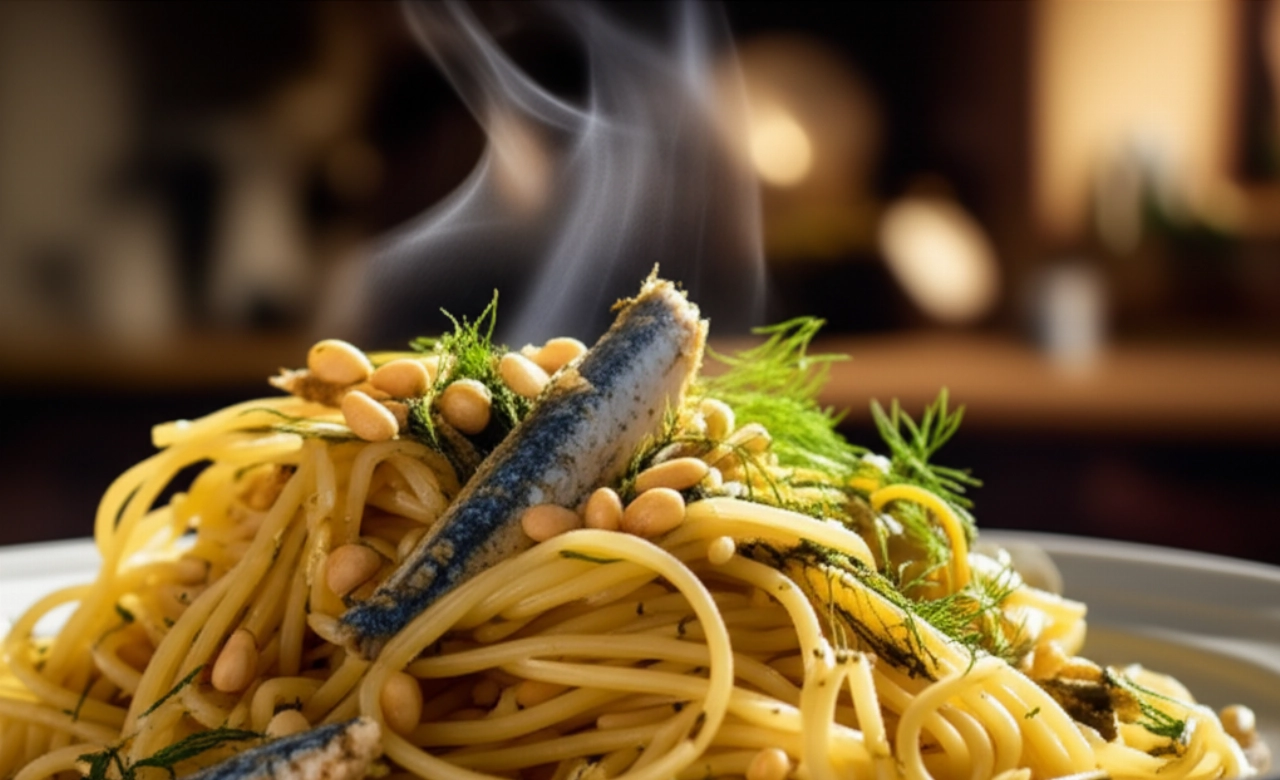
Pasta with Sardines: The Perfect Balance of Flavors and Sicilian Authenticity
The true secret to an unforgettable Pasta with Sardines lies in the harmony of its ingredients. It's not just about putting them together, but understanding how each one contributes to creating that unique, complex, and enveloping taste.
Our mission is to guide you through every step, revealing the tricks to balance the intense savoriness of the sardines, the herbaceous freshness of wild fennel, the sweetness of raisins, and the crunchiness of pine nuts. I assure you that, by following our advice, you will achieve a dish that tastes of home, history, and authentic Sicilian cuisine, without compromising on flavor or texture.
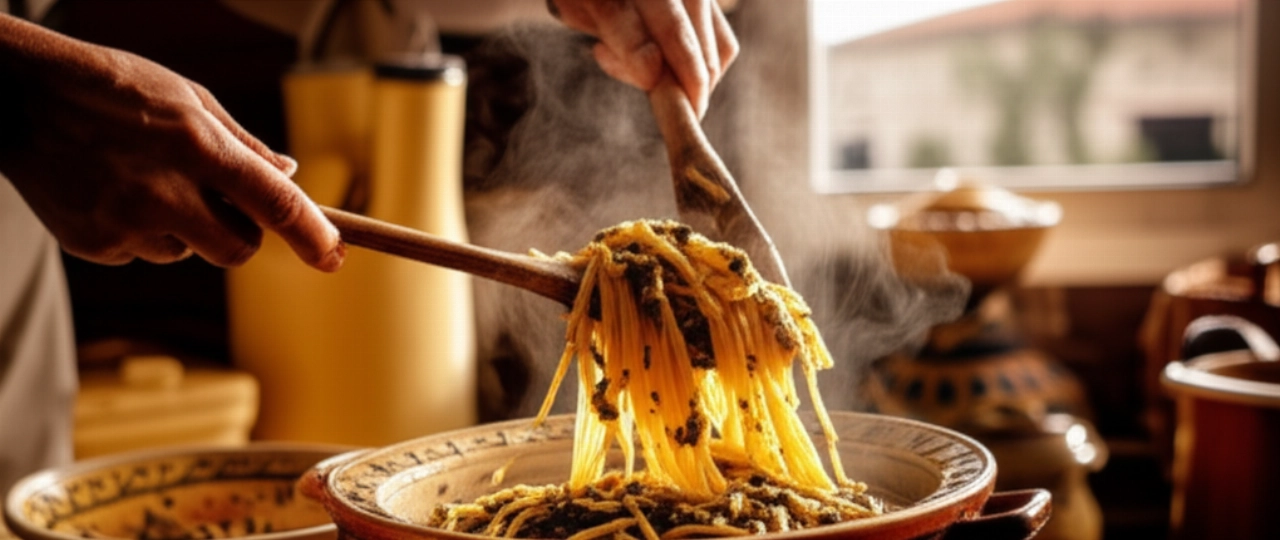
Smart Ingredients for a Dreamy Pasta with Sardines
Preparing Pasta with Sardines is not just a culinary act, but a journey of conscious choice. Every ingredient plays a fundamental role, and its quality will determine the success of your dish. Here's what you need and why:
- Very Fresh Sardines (approx. 500g already cleaned): They are the absolute protagonists. Choose them with clear eyes and red gills. Freshness is crucial for a delicate flavor and to facilitate cleaning. If you can't find fresh ones, frozen (already cleaned) can be an alternative, but the result will never be the same.
- Wild Fennel (approx. 250g): This is the ingredient that makes all the difference, the true aromatic heart of the dish. Its aniseed and slightly bitter scent is unmistakable. Look for fresh ones in markets or specialized stores. If you really can't find it, in extreme cases, you can use a small amount of common fennel and some toasted fennel seeds, but know that it won't be the same.
- Sultana Raisins (30g): Their sweetness balances the savoriness of the sardines and the bitterness of the fennel. Always rehydrate them in warm water for at least 15 minutes before use, so they soften and release their flavor better.
- Pine Nuts (30g): They add a crunchy and slightly resinous note, a pleasant contrast to the softness of the sauce. Lightly toast them in a pan before using them to enhance their flavor.
- Onion (1 small, white or golden): The aromatic base of the soffritto. It should be sweet and not overpowering.
- Salted Anchovies (3-4 fillets): Melting in the oil, they provide a deep savoriness and umami, without overpowering the taste of the sardines. Rinse them well under running water to remove excess salt.
- Tomato Passata (100g, optional but recommended): A light touch to add color and a hint of acidity that binds the flavors. It shouldn't dominate, but accompany.
- Saffron (1 sachet or a few pistils): The golden touch of Sicily! It gives a warm color and an unmistakable aroma. Always dissolve it in a little hot water or broth before adding it.
- Bucatini or Maccheroni (320g): The traditional pasta for this dish; their shape perfectly captures the sauce. Choose a high-quality durum wheat pasta.
- Extra Virgin Olive Oil (q.b. - as needed): Of good quality, for a fragrant soffritto and a perfect creaming.
- Toasted Breadcrumbs (q.b. - as needed): The Sicilian "poor man's cheese." Toasted in a pan with a drizzle of oil, it adds crunchiness and a unique toasted flavor. It's not optional; it's an integral part of the dish!
- Salt and Black Pepper (q.b. - as needed): To adjust the flavor.
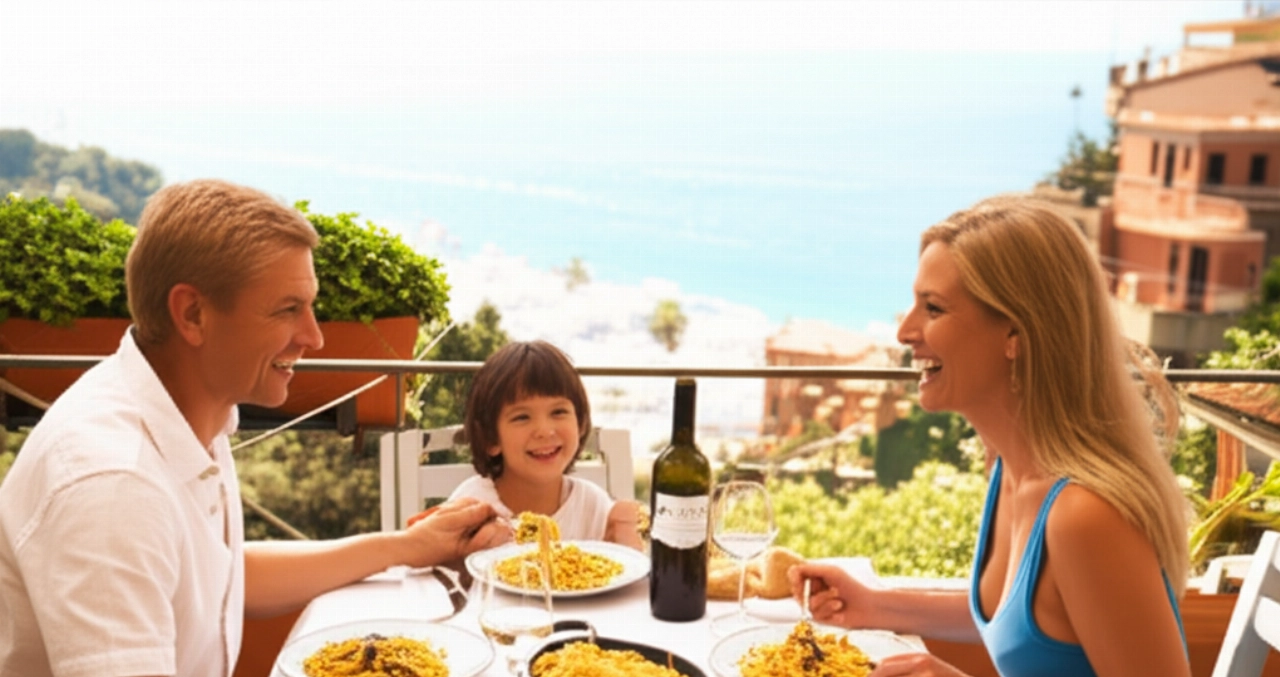
The 3 Mistakes That Ruin Pasta with Sardines (and How to Avoid Them)
Even the most experienced cooks can fall into some traps when preparing Pasta with Sardines. But don't worry, I'm here to reveal the most common mistakes and how to avoid them, guaranteeing you an impeccable result:
- Not Cleaning the Sardines Properly: This is the number one mistake. Sardines must be carefully filleted, removing the head, central bone, and, most importantly, all the small side bones. If you leave the bones, the dish will be unpleasant to the palate and lose its delicacy. Take the necessary time or ask your trusted fishmonger to do it for you.
- Underestimating Wild Fennel: Many think they can substitute it with common fennel or, worse, omit it. Wild fennel is the soul of this dish. If you cook it too little, it won't release its aroma. If you cook it too much, it will lose its freshness. The key is to blanch it just right (until it's tender but still a beautiful bright green) and use both the tops and some of the cooking water for the pasta.
- Unbalancing Sweet and Sour Flavors: Raisins and pine nuts are fundamental for creating the typical sweet and sour contrast of Sicilian cuisine. The mistake is using too little or too much, or not rehydrating the raisins. If the raisins are dry, they will steal moisture from the dish. If the pine nuts are not toasted, their flavor will be flat. Remember: balance is the keyword.
Grandma's Secret: The Magic Touch for an Unmistakable Flavor
I still remember my grandmother, with her knowing hands, preparing Pasta with Sardines. Her secret wasn't written in any book, but passed down with love. She always told me: "Grandchild, the scent of the sea must marry that of the land, but there's a trick to truly make it sing."
Her advice was this: after blanching the wild fennel and chopping it, never throw away the cooking water. Use it to cook the pasta! That water is a concentrate of flavor and aroma that will infuse the pasta with a unique herbaceous note, making the dish even more authentic and profound. It's a small gesture, but it makes a huge difference, a true embrace of flavors that only tradition can bestow.
Let's Prepare Pasta with Sardines Together: The Step-by-Step Guide
Now that you know all the secrets, it's time to get your hands dirty. Follow each step carefully, and I guarantee the result will be a masterpiece!
- Prepare the Wild Fennel: Clean the wild fennel, removing the tougher parts. Wash it well and blanch it in plenty of salted water for about 10-15 minutes, until tender. Drain it (save the cooking water!) and chop it coarsely.
- Clean the Sardines: If you haven't already cleaned them, fillet the fresh sardines, removing the head, bone, and entrails. Rinse them well under cold water and pat them dry gently.
- Prepare Raisins and Pine Nuts: Soak the raisins in warm water for at least 15 minutes. Meanwhile, toast the pine nuts in a non-stick pan without fat, until lightly golden and fragrant.
- Start the Soffritto: In a large pan (or a terracotta pot, if you have one), heat 3-4 tablespoons of extra virgin olive oil. Add the finely chopped onion and sauté it over low heat until transparent.
- Add the Anchovies: Add the anchovy fillets and let them dissolve in the oil, stirring with a wooden spoon. Their aroma will be irresistible!
- It's Time for the Sardines: Add half of the filleted sardines to the soffritto. Cook them for 2-3 minutes, just long enough for them to break down slightly. Add the chopped wild fennel, drained and squeezed raisins, and toasted pine nuts. If using tomato passata, add it now. Mix well.
- The Saffron: Dissolve the saffron in a ladleful of the wild fennel cooking water (or hot water) and add it to the sauce. Let it simmer over low heat for about 10-15 minutes, so the flavors meld together.
- Cook the Pasta: Bring the wild fennel cooking water to a boil (if not enough, add more water and salt). Cook the bucatini or maccheroni al dente.
- Final Creaming: Drain the pasta and transfer it directly to the pan with the sauce. Add the remaining fresh sardines (those not cooked in the sauce will give freshness and texture to the dish) and a ladleful of pasta cooking water, if necessary. Cream over high heat for a couple of minutes, stirring gently to combine all ingredients.
- The Toasted Breadcrumbs: In a separate pan, toast 2-3 tablespoons of breadcrumbs with a drizzle of extra virgin olive oil, until golden and crispy.
- Plate and Serve: Serve the Pasta with Sardines hot, garnishing each plate with a generous sprinkle of toasted breadcrumbs. The "scarpetta" (mopping up the sauce with bread) is a must!
Tips and FAQs about Pasta with Sardines
I know you might still have some doubts. Here are the answers to the most common questions, to clear any uncertainty and make you feel even more confident in the kitchen:
- Can I use frozen sardines? Yes, if fresh sardines are unavailable, you can use frozen ones that are already cleaned. Thaw them slowly in the refrigerator and dry them well before use. The flavor will still be excellent, although the freshness of freshly caught sardines is unbeatable.
- Where can I find wild fennel? Wild fennel is often found in local markets, in stores specializing in typical Sicilian products, or, in season, even in some well-stocked supermarkets. If you live in the countryside, you might even find it growing wild!
- How do I store leftover Pasta with Sardines? You can store it in an airtight container in the refrigerator for a maximum of 1-2 days. I recommend gently reheating it in a pan with a drizzle of oil, adding a tablespoon of water to revive the sauce. It's not a dish that freezes very well, as the sardines tend to lose their texture.
- Can I omit raisins and pine nuts? Although they are characteristic and fundamental ingredients for the sweet and sour balance, if you really don't like them, you can reduce the quantity or, in extreme cases, omit them. Keep in mind, however, that the dish will lose some of its complexity and authenticity.
- What is the best type of pasta? Traditionally, bucatini or maccheroni are used because their hollow shape captures the sauce excellently. However, you can also experiment with thick spaghetti or mezze maniche; the important thing is that they are of excellent quality.
There you have it! Now you don't just have a recipe, but all the secrets to bring a dish to the table that tastes of home, tradition, and love. A true masterpiece of Sicilian cuisine that will conquer all palates.
Don't be afraid to experiment. Cooking is an act of creativity and passion. But start with this solid base, and you'll see that applause won't be lacking. The aroma that will fill your kitchen will be the first reward, and the smile of your guests the greatest satisfaction.
Have you tried our recipe? We are very curious to see your masterpiece! Leave a comment below, tell us how it went, or share a photo on Instagram by tagging @CercaRicette.it. If you loved this Pasta with Sardines, you can't miss our recipe for the Perfect Sicilian Arancina or the Original Sicilian Cannolo. Continue to explore true Italian cuisine with us!
